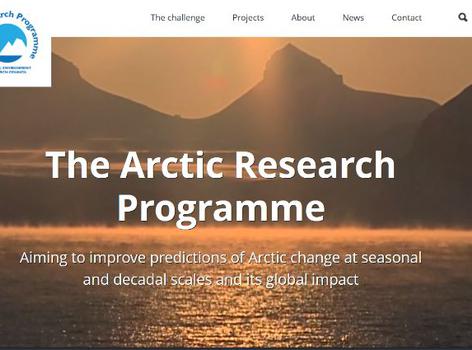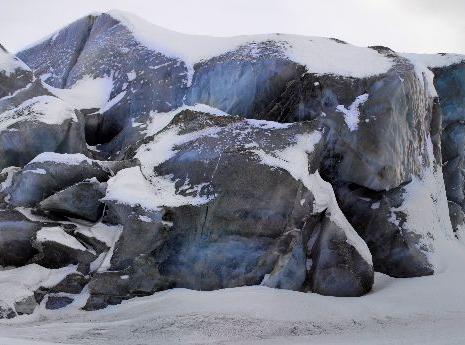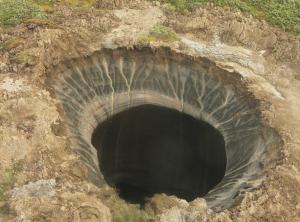Is the Arctic methane budget changing?
Methane is the second most important greenhouse gas after carbon dioxide. Sources of methane to the atmosphere, both natural and human-driven, have been intensively studied and are now well established; however, their global and regional estimates still suffer from large uncertainties.
The region above the Arctic Circle is very important from this perspective because of a unique combination of methane emission sources which are active now, e.g. wetlands and forest fires, and those which may become active in the future owing to regional climate change. Potentially important future sources include thawing permafrost soils and methane-rich oceanic sediments (clathrates). Since the Arctic has been warming much faster compared to the rest of the world, this may trigger various changes in the active methane sources as well as those that represent large pools of carbon (permafrost soil) or gaseous methane (clathrates).
Methane Budget
Locating and quantifying major sources of Arctic methane emissions to the atmosphere, to improve understanding of how these emissions may change with regional climate warming.
Svalbard
View our interactive mapThe main goal is to determine whether the Arctic methane budget has started to change in response to increased surface temperatures. This requires thorough understanding and quantification of methane emissions from both biological and geological sources and reservoirs, which will likely become even more active in the future as surface warming continues to take place. Of particular importance is careful and realistic assessment of the vulnerability of Arctic methane sources to regional climate change and the potential hazards and consequences of such changes.
The team will evaluate the importance of Arctic methane in the global budget by using models to produce Arctic methane emission maps, and to assess the causes of changes in Arctic methane.
This affiliated project, also funded by NERC, directly links to ‘Objective 2′ of the Arctic Research Programme – to quantify processes leading to Arctic methane and carbon dioxide release – and has additional links to the Cambridge University-led ‘MAMM’ project. Several field seasons during summer, autumn, winter and spring using a greenhouse gas analyser will be undertaken in Norway, Finland, Spitsbergen, European Russia, Siberia and Canada.
Image credits: British Antarctic Survey.

Professor Euan Nisbet, Lead Investigator
Professor Euan Nisbet works at the Department for Earth Sciences at the Royal Holloway, University of London as a Professor of Earth Sciences.






